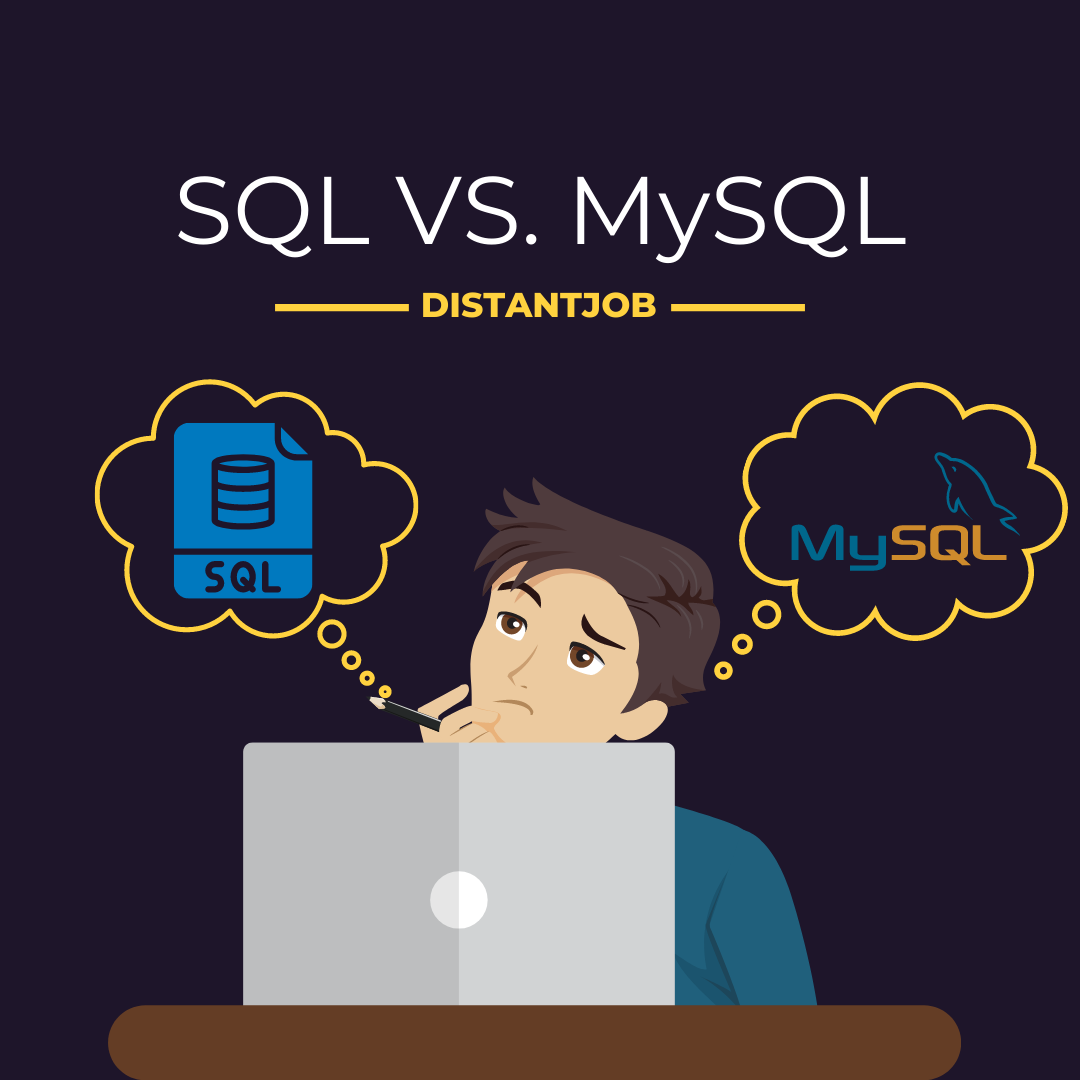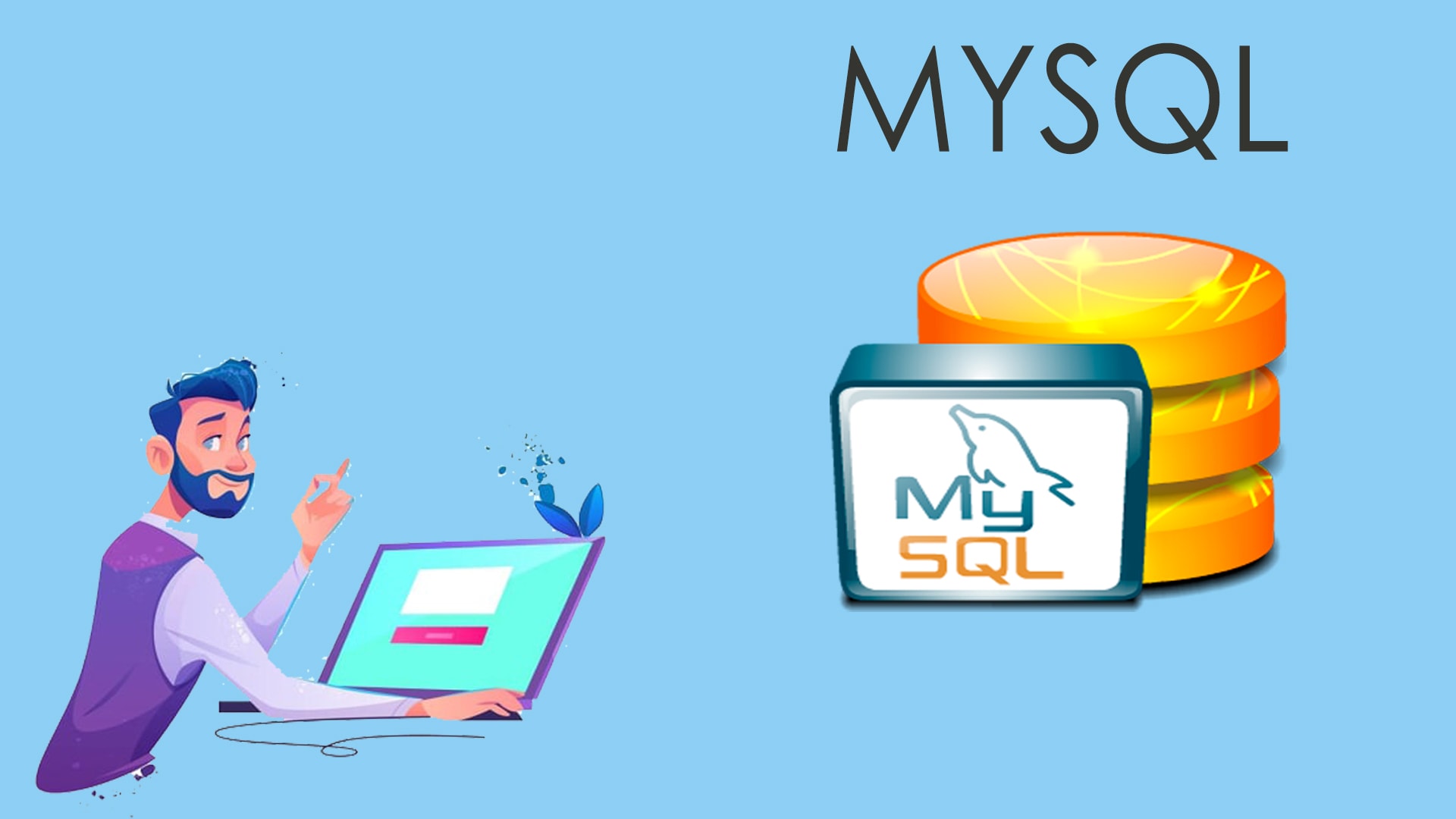Differences Between MySQL and mysqld – Before getting know about that let us know some basic concepts of Databases.

What is a Database?
A database is a collection of organized data that is stored electronically in a computer system. It is designed to manage and manipulate large amounts of data in a structured framework. It helps users to easily store, retrieve, and update information. A database typically consists of tables, which contain columns and rows. Each column represents a specific type of data, such as names or numbers, while each row represents a single record or instance of that data.
What are the Different Types of Database?
- Relational databases: Use tables to store data and SQL to manage and manipulate that data.
- NoSQL databases: Use a non-tabular approach to store and manage data and are not limited by fixed schema structures.
- Object-oriented databases: Store data in objects and support object-oriented programming languages.
- Graph databases: Use graph structures to store and manage data, particularly useful for complex relationships.
- In-memory databases: Store data in computer memory rather than on disk, resulting in faster access times.
- Distributed databases: Store data across multiple machines or nodes, improving scalability and reliability.
- Time-series databases: Designed to handle time-stamped data, making them ideal for storing and analyzing data from IoT devices, sensors, and financial transactions.
- Cloud databases: Hosted on cloud platforms, provide scalability, flexibility, and ease of access.
What is a Relational Database?
It is a type of database management system (DBMS) that stores data in tables or relations. Each table represents a specific type of data, and the relationships between tables are defined by the relationships between the data they contain. The data can be queried and manipulated using Structured Query Language (SQL). Relational databases are widely used in business and organizations, as they offer a flexible and scalable way to store and manage large amounts of data, while ensuring data integrity and consistency.
What is SQL?
SQL is short for Structured Query Language. As per the ANSI (American National Standards Institute) guidelines, SQL is the standard language to maintain and manage a database. Thus, besides a few minor syntax changes, most of the databases’ queries for retrieving, adding, or manipulating data are based on the standard SQL syntax.
SQL was first developed at IBM. With SQL, you can easily query a database to add, alter, update, or delete data in a plain English-like language. You can use SQL to manage multiple relational database management systems, such as MySQL, SQL Server, Oracle, and MS Access. By writing codes and queries in SQL, you can create and modify any database along with the creation of schemas.
What is SQL Server?
SQL Server is a powerful relational database management system developed by Microsoft. It provides a platform for storing, managing, and retrieving data for various applications and services. SQL Server supports SQL, a programming language used to communicate with databases. It allows users to create, modify and delete databases, tables, and views, as well as perform various operations such as querying, sorting, filtering, and joining data. SQL Server also provides advanced features such as high availability, security, and scalability, making it a popular choice for businesses of all sizes. It is commonly used in web applications, business intelligence, and data analysis.

Differences Between MySQL and mysqld The terms “MySQL” and “mysqld” refer to different components of the MySQL database system. Here’s a breakdown of the differences:
Differences Between MySQL and mysqld
MySQL:
- MySQL Server:
- “MySQL” generally refers to the entire MySQL database system, including the MySQL Server (mysqld), client libraries, and various tools.
- Database Management System (DBMS):
- MySQL is an open-source relational database management system (RDBMS) that uses SQL (Structured Query Language) for managing and manipulating data in databases.
- Client-Server Architecture:
- MySQL follows a client-server architecture. The MySQL Server (mysqld) handles database requests and manages data, while clients, such as applications or MySQL command-line tools, communicate with the server to perform operations on the database.
- Components:
- MySQL includes various components, such as the MySQL Server (mysqld), client libraries, command-line tools (mysql), and graphical tools (like MySQL Workbench).
Differences Between MySQL and mysqld
- MySQL includes various components, such as the MySQL Server (mysqld), client libraries, command-line tools (mysql), and graphical tools (like MySQL Workbench).
mysqld:
- MySQL Server Daemon:
- “mysqld” specifically refers to the MySQL Server daemon, which is the core process responsible for managing the MySQL server instance.
- Server Process:
- mysqld is the background process that runs continuously to handle database requests. It listens for incoming connections, processes SQL queries, and manages data storage.
- Initialization and Configuration:
- During the startup of the MySQL server, the mysqld process reads configuration files (my.cnf on Unix-like systems or my.ini on Windows) to determine settings such as database paths, memory usage, and server options.
- Handles Queries:
- The mysqld process handles incoming SQL queries, interacts with the underlying storage engine to retrieve or modify data, and responds to client requests.
Differences Between MySQL and mysqld
In summary, “MySQL” is the name of the entire relational database management system, while “mysqld” specifically refers to the MySQL Server daemon, which is the core process responsible for managing the server instance. When working with MySQL, you interact with the MySQL Server (mysqld) to perform operations on databases using various client tools and applications.
- MySQL Server:
